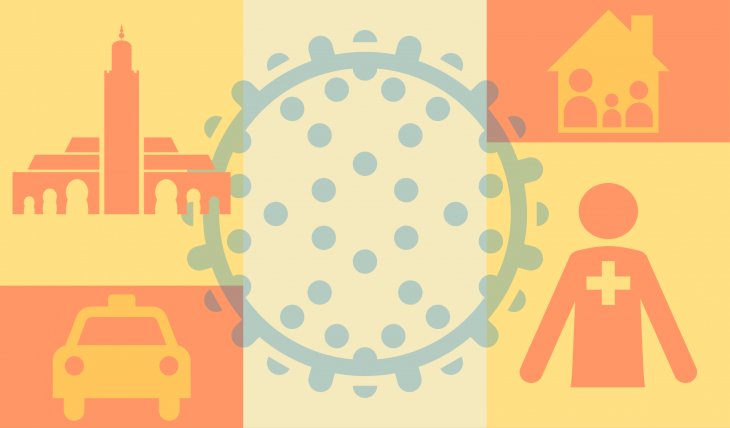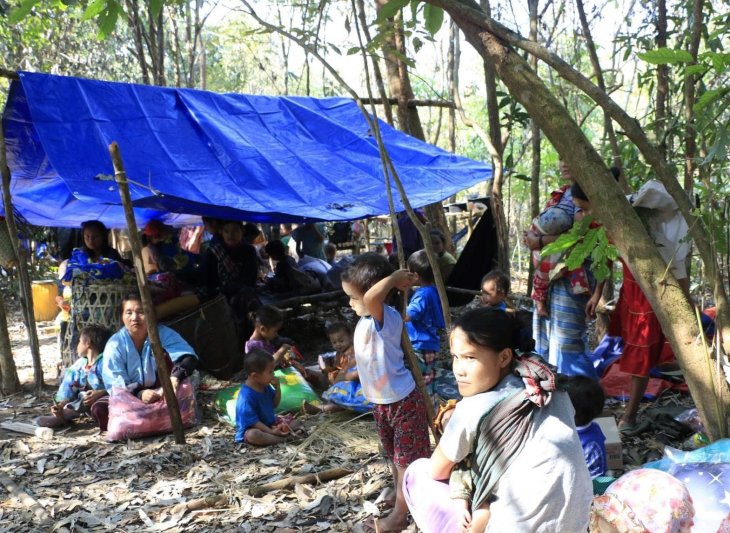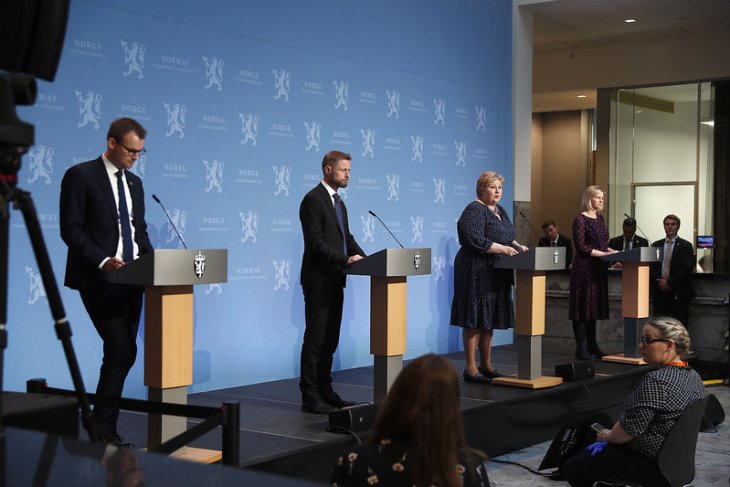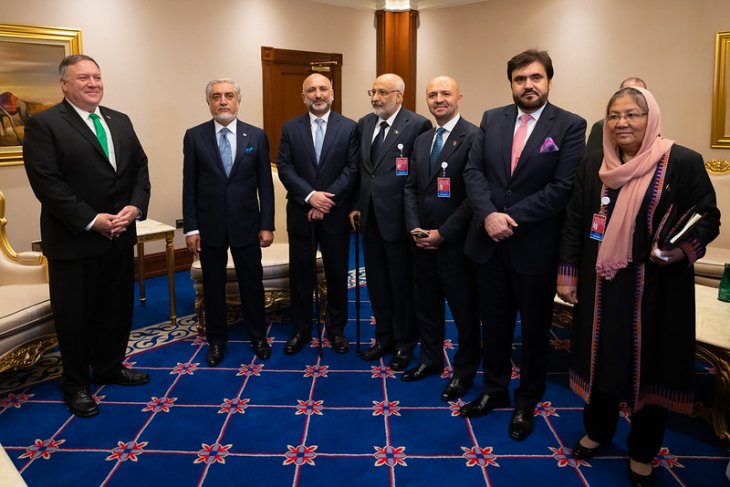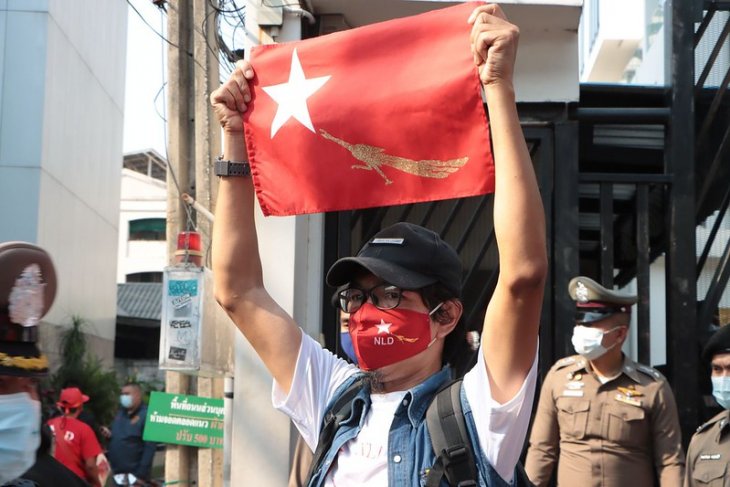Diversity ensures democratic and epistemic legitimacy. Although the Norwegian research sector and higher education institutions have steadily improved at ensuring diversity in recruitment processes, there is still scope for improvement in utilizing the resultant diversity

Photo: Stockphoto / Stock
Recently, the Nordic Institute for Studies in Innovation, Research and Education (NIFU) and Statistics Norway released new statistics on diversity. These updated figures include information about immigrants and descendants of immigrants employed in academic roles in the research and higher education sector in Norway during 2007-2018.
The statistics show that the proportion of immigrants in such roles has increased from 18 to 29 percent (with considerable variation across disciplines); immigrants most often occupy temporary or trainee positions; and notably, immigrants’ descendants are clearly underrepresented in academic positions, despite the fact that this group comprises a significant proportion of students in Norway.
Feroz Mehmood Shah and Marta Bivand Erdal from the Young Academy of Norway (AYF) commented on the diversity statistics when they were published at a webinar hosted by the Committee for Gender Balance and Diversity in Research (KIF). In this piece we reflect on their feedback and identify three key challenges for diversity in Norwegian research and higher education moving forward.Read More
